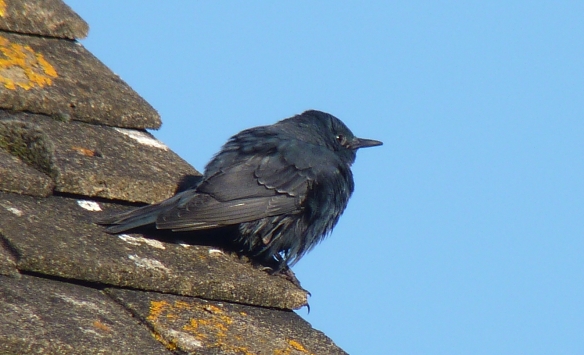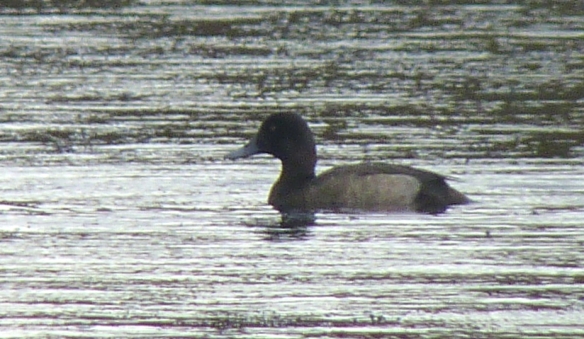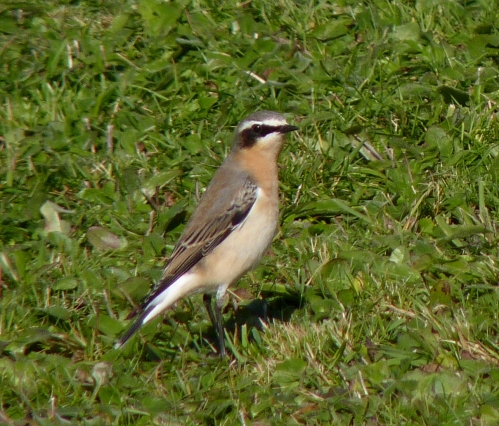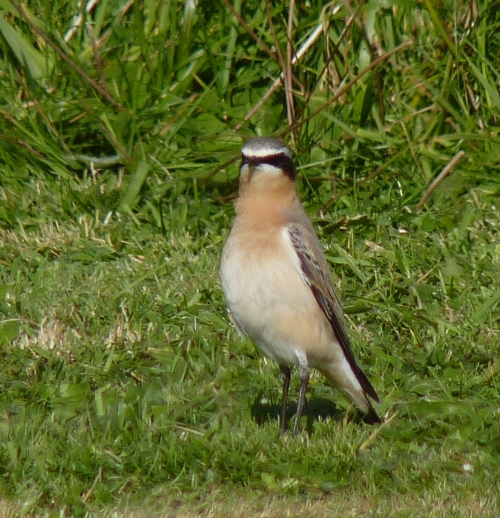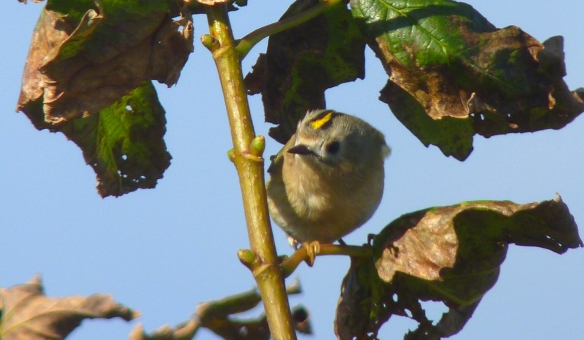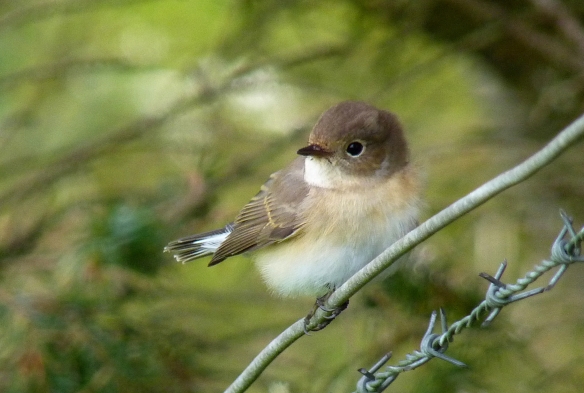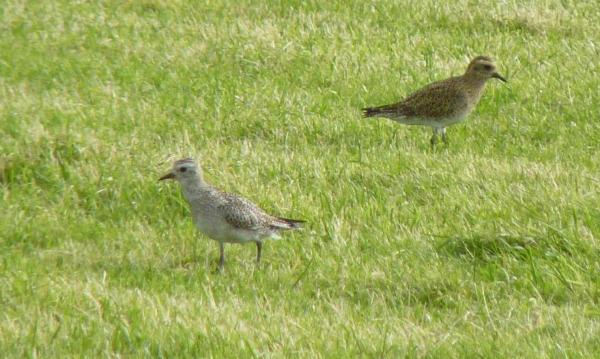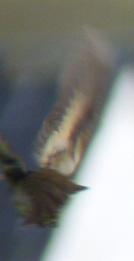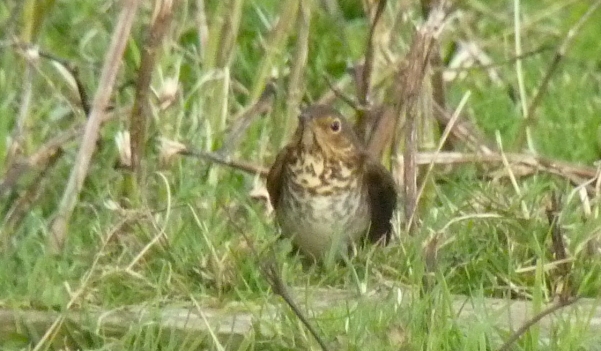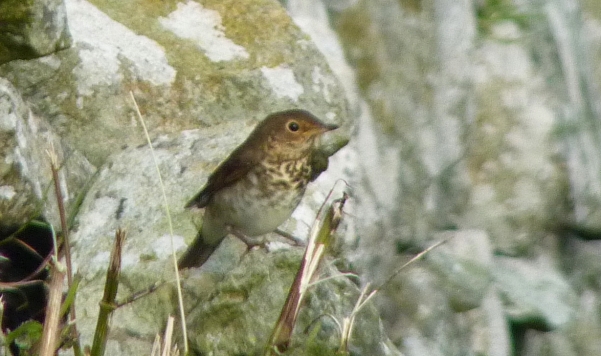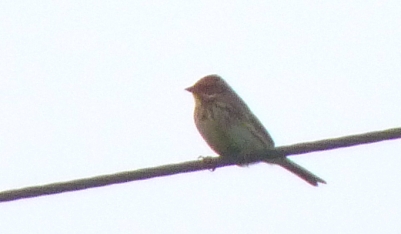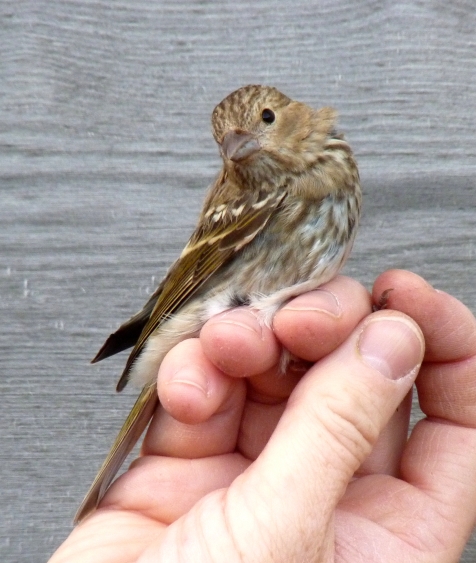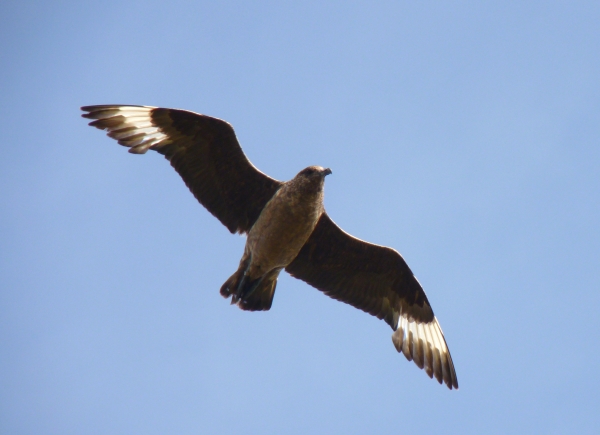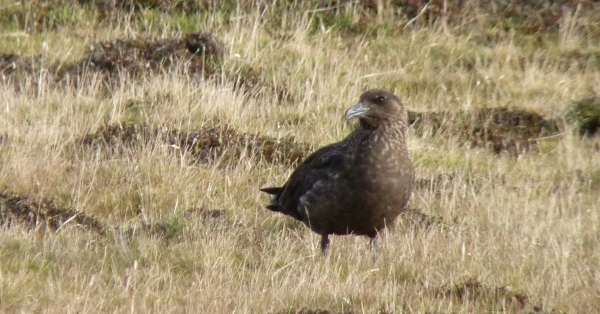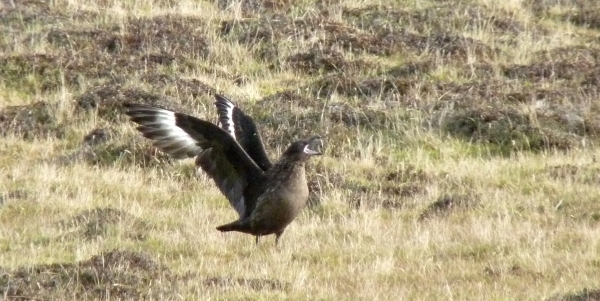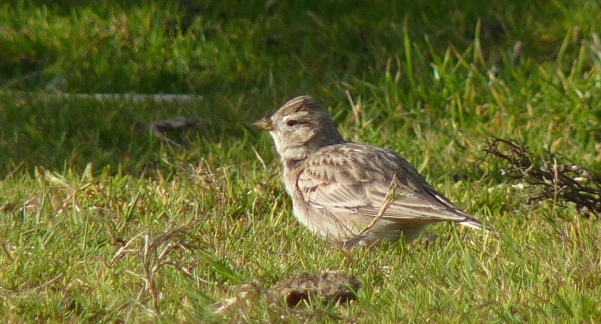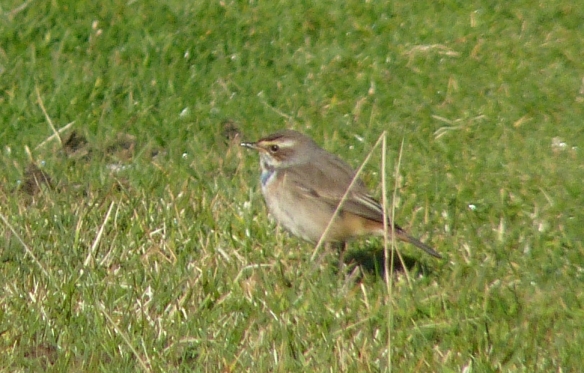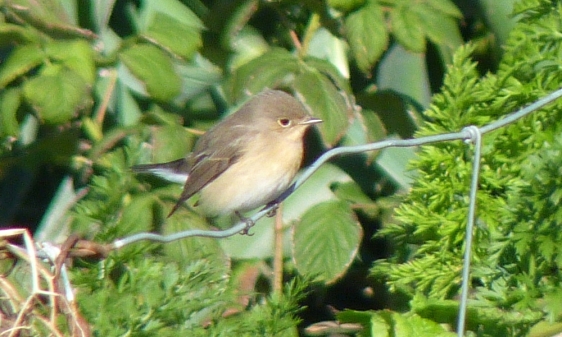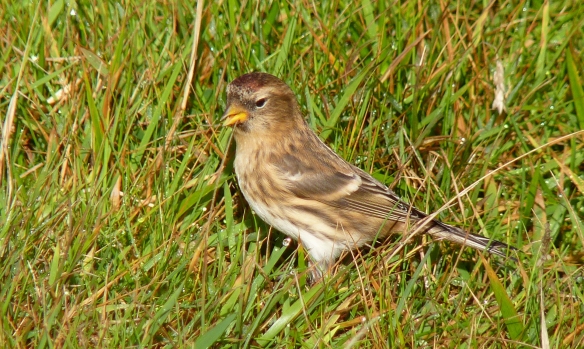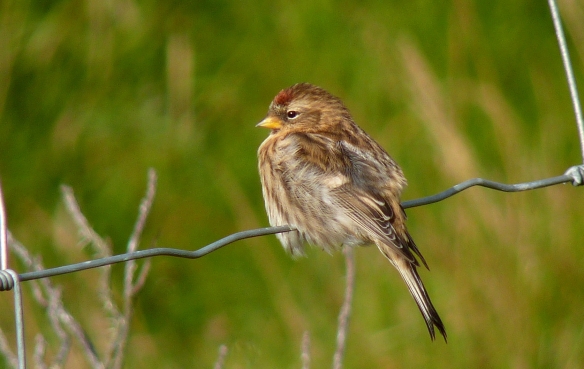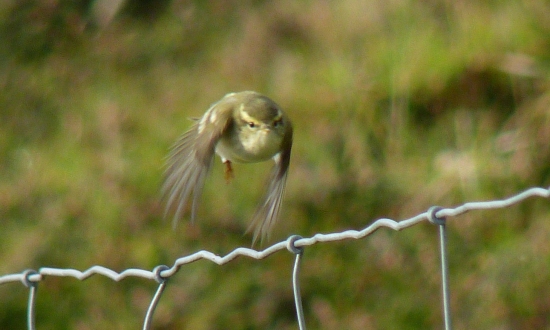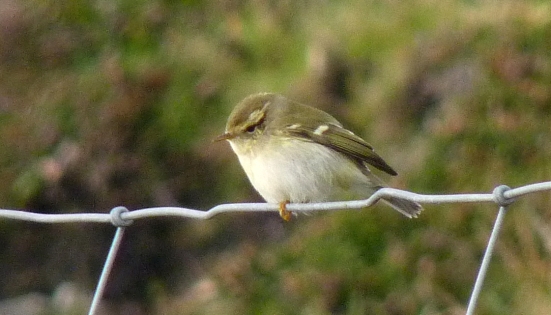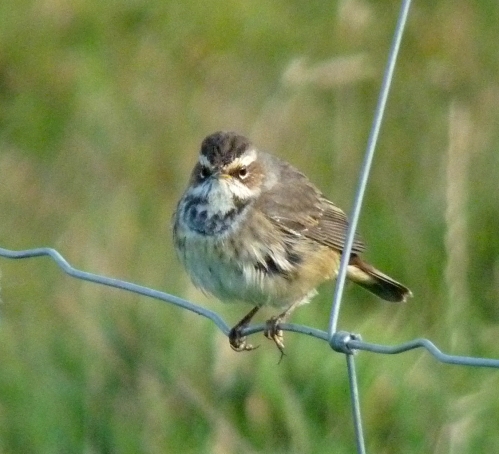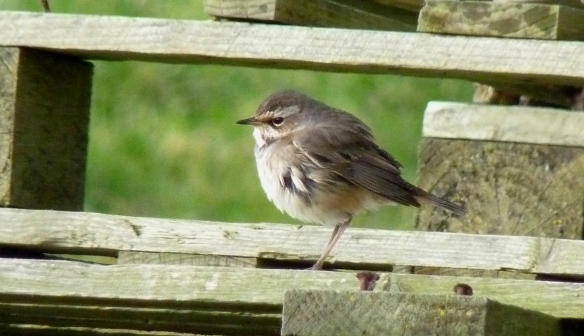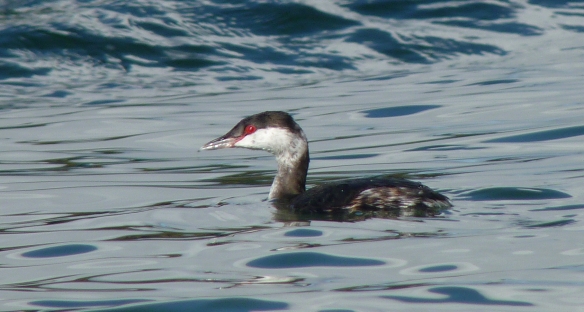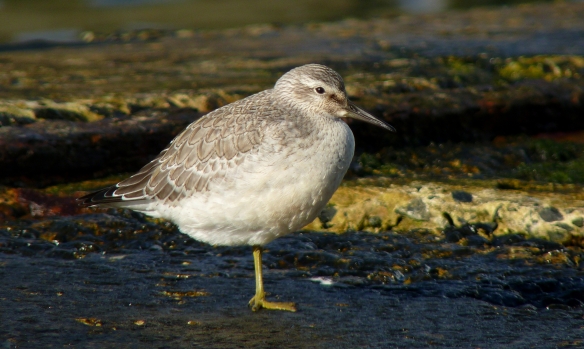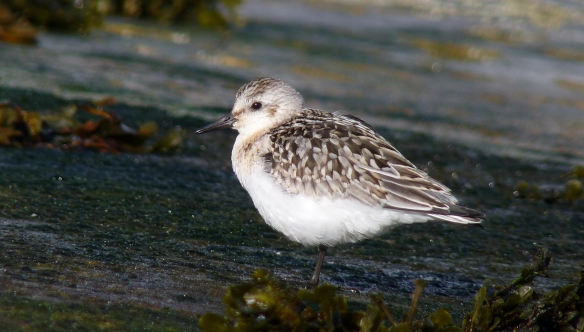This is my first blog post for a whole year, largely due to the fact that I’ve been in full-time employment for the whole period and free time has been a lot more scarce. I have managed to do a fair bit of birding and its about time for a summary.
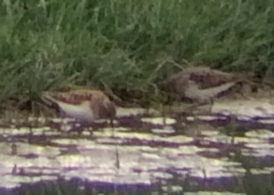
The first two months were very quiet, the birds of note were 1 Black Redstart, 2 Egyptian Geese (seen at the end of 2016 also), 3 Spotted Redshank (including 1 self-found) and Marsh Harrier, all seen at Goldcliff (Newport Wetlands). Stock Dove was also added to my Gwyddon Valley list. A visit to the Poole harbour area in early March produced some reasonable birding; Green-Winged Teal, (58) (Dark-Bellied) Brent Geese, (15!) Spoonbill, Red-Breasted Merganser, Marsh Harrier, Green 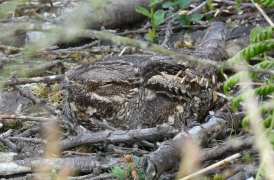 Sandpiper and Mediterranean Gull were all noted. I began work as an ecologist in March, and the survey work immediately brought reward; eight Goshawk flights were seen during a vantage point survey in North Wales.
Sandpiper and Mediterranean Gull were all noted. I began work as an ecologist in March, and the survey work immediately brought reward; eight Goshawk flights were seen during a vantage point survey in North Wales.
A visit to the Redhouse area at the Newport Wetlands began the Spring with, (self-found) Garganey, Cattle Egret and Spoonbill all seen. In April, I dipped Black-Winged Stilt at Slimbridge, but a 1st-winter Little Gull 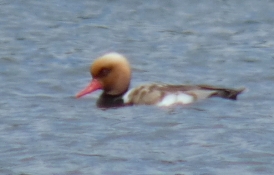
compensated. The first British tick of the year came on 2/x/17, when a pair of Temminck’s Stint were successfully twitched at Goldcliff. A relatively quiet Summer followed, with a heavy work load meaning little birding, though some reasonable birds were seen during surveys: excellent views of Nightjar at a site in the valleys, and at other sites; good numbers of Red Kite, Redstart and Marsh Tit at a mid-Wales site; and Lesser Whitethroat in Somerset. A Cuckoo was also seen at the Wetlands, and a trip to Cotswold Water Park produced a second
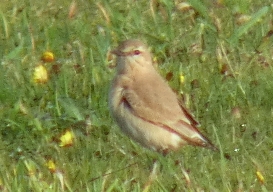 British tick; Red-Crested Pochard with up to 30 birds seen.
British tick; Red-Crested Pochard with up to 30 birds seen.
The Autumn produced by far the best birding of the year. It began on the 1/ix/17 with a juvenile Woodchat Shrike near Chipping Sodbury. Things were quiet for a few weeks, with Leach’s Petrel dipped at Severn Beach, a very quiet visit to Kenfig and an uninspiring seawatch from  Wooltack Point (Pembrokeshire) later in the month. A second seawatch early in October, from Strumble Head was much more productive, with 2 Pomarine Skua, 3 Great Skua, 3 Arctic Skua and 2 Red-throated Diver the highlights. Things really picked up with a visit to the Scillies from 11-14/x/17. A Stilt Sandpiper on the journey south kicked off the trip. The best bird was the Eastern Orphean Warbler on St. Agnes – a first for Britain! It was incredibly elusive in the morning
Wooltack Point (Pembrokeshire) later in the month. A second seawatch early in October, from Strumble Head was much more productive, with 2 Pomarine Skua, 3 Great Skua, 3 Arctic Skua and 2 Red-throated Diver the highlights. Things really picked up with a visit to the Scillies from 11-14/x/17. A Stilt Sandpiper on the journey south kicked off the trip. The best bird was the Eastern Orphean Warbler on St. Agnes – a first for Britain! It was incredibly elusive in the morning  but eventually gave itself up and was seen well feeding on berries down the hill from the parsonage. An Isabelline Wheatear was also seen well on the airfield and a probable Wilson’s Snipe on Porthellick pool stood out from the Common Snipe, looking much colder in colour. Other highlights were; 2 Great-Northern Diver, 4 Balearic Shearwater (3 self-found), 2 Great Skua, American Golden Plover, Rose-
but eventually gave itself up and was seen well feeding on berries down the hill from the parsonage. An Isabelline Wheatear was also seen well on the airfield and a probable Wilson’s Snipe on Porthellick pool stood out from the Common Snipe, looking much colder in colour. Other highlights were; 2 Great-Northern Diver, 4 Balearic Shearwater (3 self-found), 2 Great Skua, American Golden Plover, Rose-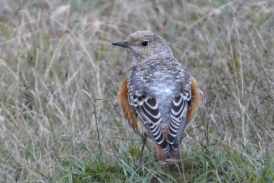 Coloured Starling, 2 Yellow-Browed Warbler (1 self-found) and 2 Hawfinch. Back on the mainland a memorable day was had on the 17/x/17, when I finally caught up with Leach’s Petrel (a long-standing bogey bird) self-found off Goldcliff point in the wake of storm Ophelia. Later in the day, I successfully twitched the Rock Thrush near Abergavenny, a smart bird in a fantastic setting and I had it all to myself.
Coloured Starling, 2 Yellow-Browed Warbler (1 self-found) and 2 Hawfinch. Back on the mainland a memorable day was had on the 17/x/17, when I finally caught up with Leach’s Petrel (a long-standing bogey bird) self-found off Goldcliff point in the wake of storm Ophelia. Later in the day, I successfully twitched the Rock Thrush near Abergavenny, a smart bird in a fantastic setting and I had it all to myself.
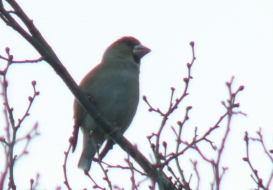 Following this, things settled down for the winter, with a Spotted Redshank at Goldcliff and a Merlin at a site in west Wales the only birds of note in November. The year ended on a high note though, with a trip around the Severn on 30/xii/17 with my girlfriend Sophie, producing decent views of Hawfinch at Parkend (Forest of Dean) a 1st-year female Penduline Tit near Gloucester (ringed earlier in the year on Alderney) and Bewick’s
Following this, things settled down for the winter, with a Spotted Redshank at Goldcliff and a Merlin at a site in west Wales the only birds of note in November. The year ended on a high note though, with a trip around the Severn on 30/xii/17 with my girlfriend Sophie, producing decent views of Hawfinch at Parkend (Forest of Dean) a 1st-year female Penduline Tit near Gloucester (ringed earlier in the year on Alderney) and Bewick’s
 Swan, Merlin and Water Rail at Slimbridge.
Swan, Merlin and Water Rail at Slimbridge.
This was a reasonable years birding given the lack of free time, with some quality birds seen. As last year it was greatly improved by a few days birding on an off-island in the Autumn.
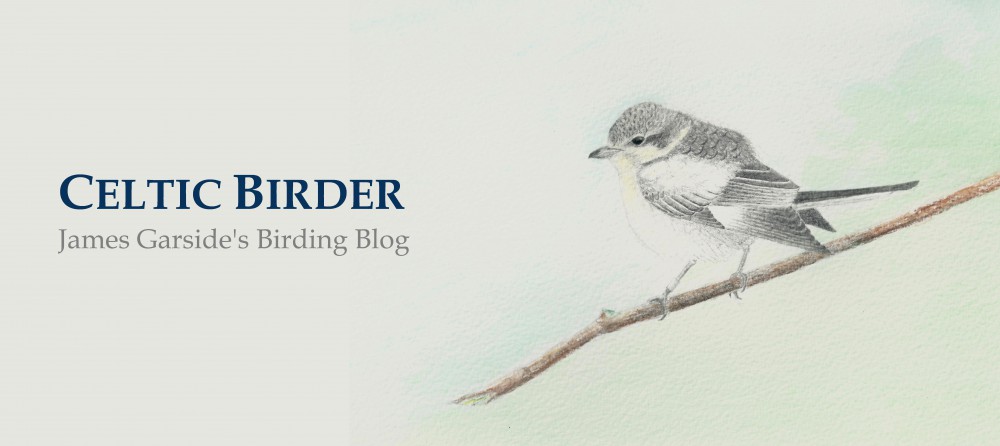
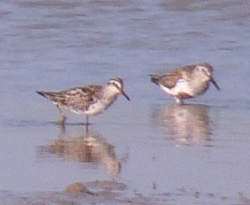 A few trips out in early June produced some reasonable birds including Goshawk, Nightjar, Bearded Tits and Grasshopper Warblers, but nothing particularly good was seen until the 18th June when a Broad-Billed Sandpiper showed up at Goldcliff lagoons. I was very quick off the mark with this bird (having missed one there in April during my birding break), and was rewarded with excellent views and a few poor quality photos to boot.
A few trips out in early June produced some reasonable birds including Goshawk, Nightjar, Bearded Tits and Grasshopper Warblers, but nothing particularly good was seen until the 18th June when a Broad-Billed Sandpiper showed up at Goldcliff lagoons. I was very quick off the mark with this bird (having missed one there in April during my birding break), and was rewarded with excellent views and a few poor quality photos to boot.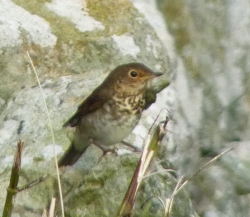 tish holiday with friends did manage to produce some good birds, notably, Golden Eagle, White-Tailed Eagle, Black Guillemot, Osprey, and Rock Dove. A second holiday to Scotland, this time with the family and in late August, allowed for a days birding on the East coast, the days highlights were the White-Winged Scoter and Surf Scoter with the large scoter flocks at Murcar.
tish holiday with friends did manage to produce some good birds, notably, Golden Eagle, White-Tailed Eagle, Black Guillemot, Osprey, and Rock Dove. A second holiday to Scotland, this time with the family and in late August, allowed for a days birding on the East coast, the days highlights were the White-Winged Scoter and Surf Scoter with the large scoter flocks at Murcar.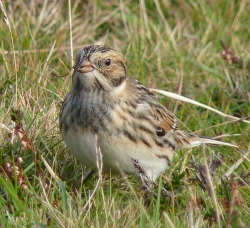 Wood Sandpiper and were the highlights of early Autumn, all at the Newport Wetlands reserve. But it was not until the Autumn got into full swing that things really got going with an eleven day October holiday on Shetland. Good birds were seen during the journey north, with a showy Brunnich’s Guillemot in Fife and a Red-Backed Shrike at Forvie near Aberdeen. Highlights on the Islands were as follows: Pechora Pipit, White’s Thrush, Lanceolated Warbler, Swainson’s Thrush, (self-found) Red-Throated Pipit, Blyth’s Reed Warbler,
Wood Sandpiper and were the highlights of early Autumn, all at the Newport Wetlands reserve. But it was not until the Autumn got into full swing that things really got going with an eleven day October holiday on Shetland. Good birds were seen during the journey north, with a showy Brunnich’s Guillemot in Fife and a Red-Backed Shrike at Forvie near Aberdeen. Highlights on the Islands were as follows: Pechora Pipit, White’s Thrush, Lanceolated Warbler, Swainson’s Thrush, (self-found) Red-Throated Pipit, Blyth’s Reed Warbler,  Arctic Warbler, Radde’s Warbler (2), Dusky Warbler, Red-Flanked Bluetail, Arctic Redpoll, Short-Toed Lark, Red-Breasted Flycatcher (2), Black Redstart, Bluethroat (2), Red-Backed Shrike, Icterine Warbler, Yellow-Browed Warbler (50+), Common Rosefinch, Lapland Bunting (9) and Little Bunting (2). An absolutely brilliant trip, and one which will last long in the memory, especially the 2nd October on Fair Isle!
Arctic Warbler, Radde’s Warbler (2), Dusky Warbler, Red-Flanked Bluetail, Arctic Redpoll, Short-Toed Lark, Red-Breasted Flycatcher (2), Black Redstart, Bluethroat (2), Red-Backed Shrike, Icterine Warbler, Yellow-Browed Warbler (50+), Common Rosefinch, Lapland Bunting (9) and Little Bunting (2). An absolutely brilliant trip, and one which will last long in the memory, especially the 2nd October on Fair Isle! the highlights in November were a Scaup and two Egyptian Geese seen at the Wetlands during a high tide count there. December was even quieter until a Blue Rock Thrush was successfully twitched in the last few days of the year.
the highlights in November were a Scaup and two Egyptian Geese seen at the Wetlands during a high tide count there. December was even quieter until a Blue Rock Thrush was successfully twitched in the last few days of the year.